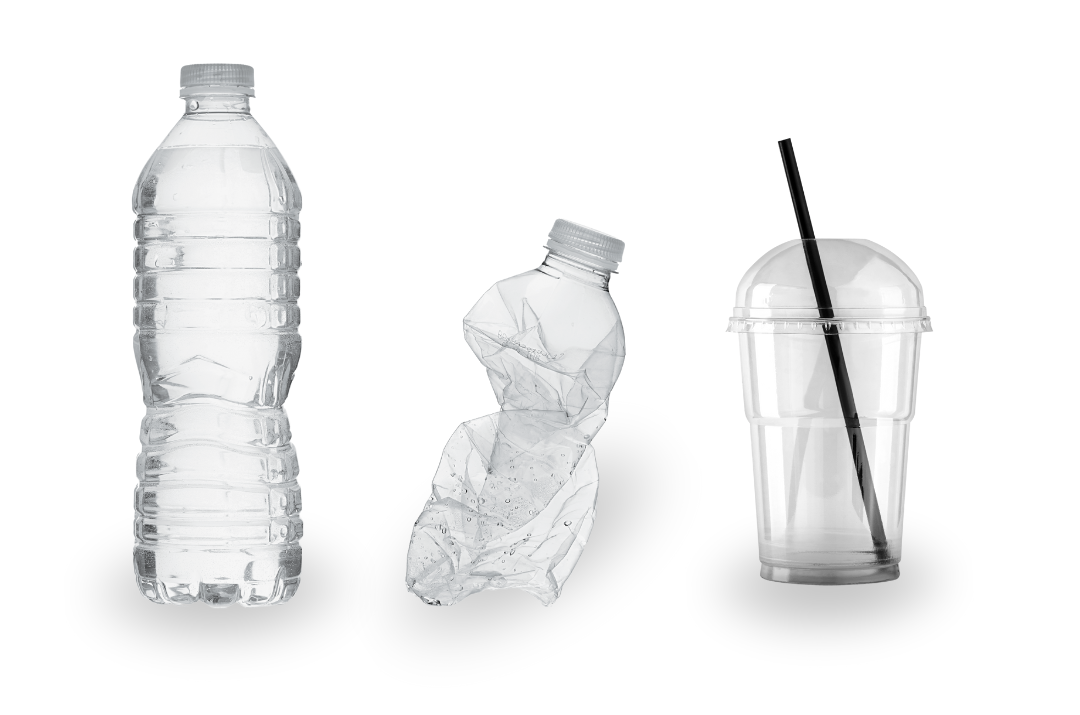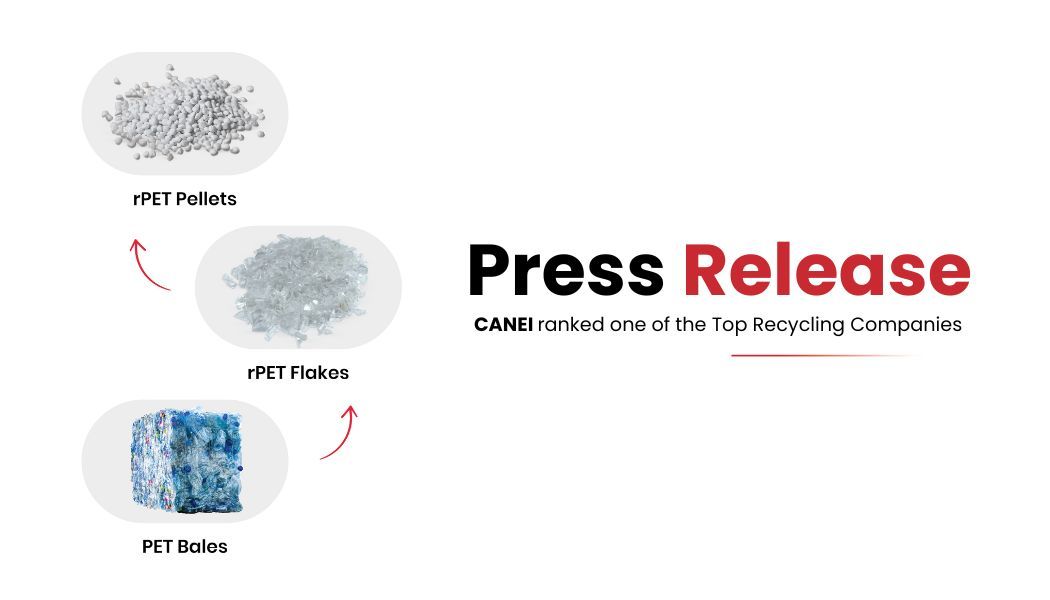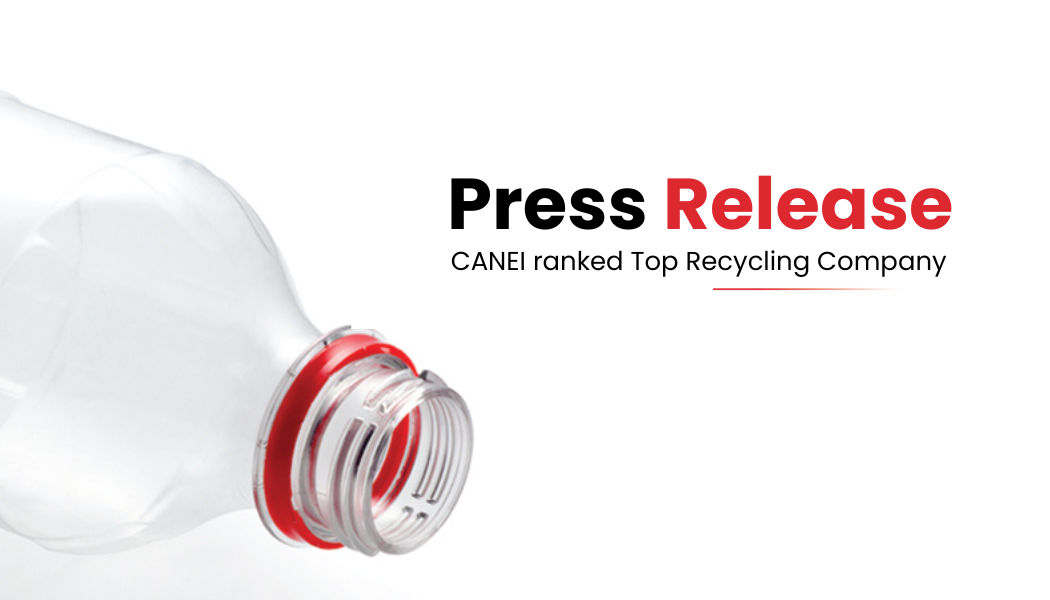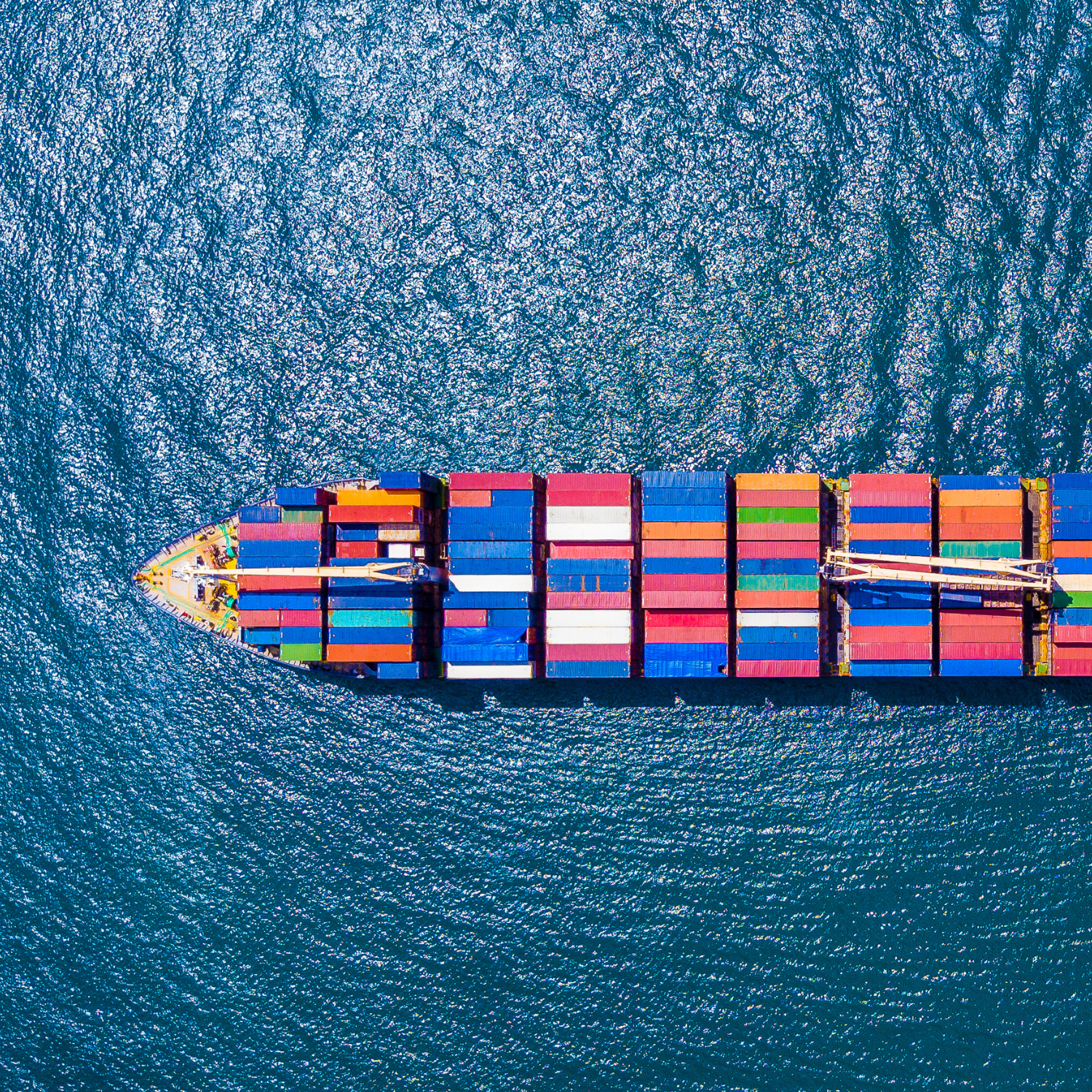Exploring EPR: Producer Responsibility in Recycling - A Deep Dive with Resa Dimino
The pivotal role of producers in managing their products at the end of their useful life.

In the world of recycling and sustainability, Extended Producer Responsibility (EPR) is a key concept that is gaining traction globally. In a recent episode of the CANEI podcast the Plastic Recycling Podcast, we delved deep with Resa Dimino, the managing partner of Signalfire Group, into the intricacies of EPR and its role in promoting sustainable practices within the industry.
Understanding EPR:
Resa Dimino explained that EPR is a policy approach that requires producers to take responsibility for their products or packaging post-consumption. This responsibility can be financial, operational, or a combination of both. Importantly, she highlighted that producers, in the context of EPR, refer to the brands or entities that dictate the packaging choices for products.
Implementation of EPR:
One of the key questions raised during the discussion was how EPR is tracked and managed. Resa explained that producers are typically required to join a Producer Responsibility Organization, which oversees and manages the obligations of multiple producers. These organizations ensure fair participation, accurate reporting, and the appropriate utilization of fees paid by producers.
Impact of EPR on Recycling Rates:
The conversation delved into the impact of EPR legislation on recycling rates. Resa shared insights from studies conducted in regions where EPR programs have been implemented, showcasing substantial increases in recycling rates. The mandatory nature of EPR was emphasized as a critical driver for improving recycling practices on a broader scale.
National Landscape of EPR:
Currently, EPR laws for packaging are in effect in four states in the U.S. - Maine, Oregon, Colorado, and California. The implementation of these programs is a gradual process, with the full impact expected to be visible in the coming years. Additionally, several other states are actively considering EPR legislation, indicating a growing momentum towards sustainable practices.
The Future of EPR:
Looking ahead, Resa Dimino provided insights into the potential trajectory of EPR in the next five to ten years. Her optimistic outlook envisions a future where EPR policies are widespread, leading to improved recycling rates, reduced landfill waste, and enhanced sustainability efforts across the country.
By holding producers accountable for the lifecycle of their products, EPR serves as a catalyst for positive environmental change. As more states and stakeholders embrace EPR, we can anticipate a shift towards a more harmonized and effective recycling ecosystem.
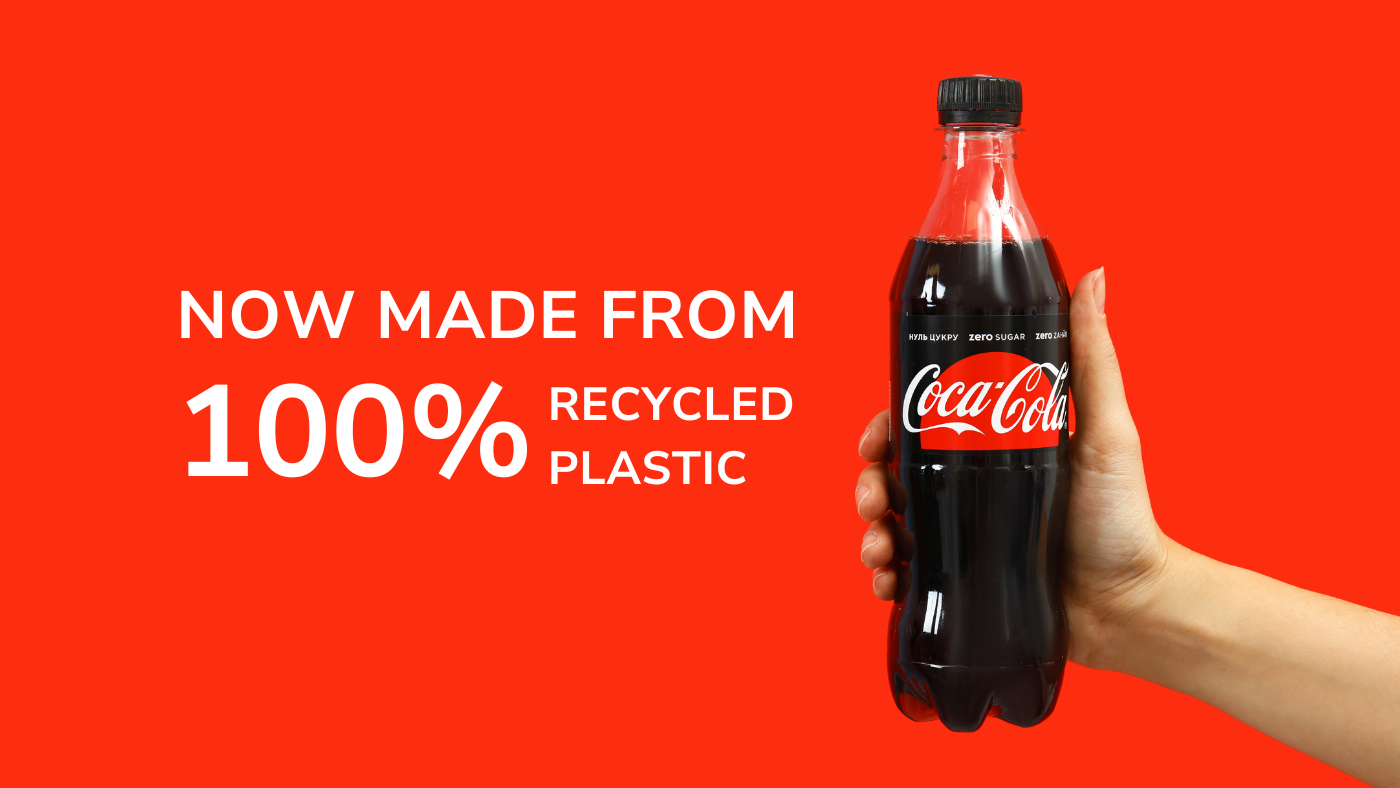
© CANEI Corp 2023 – All Rights Reserved







